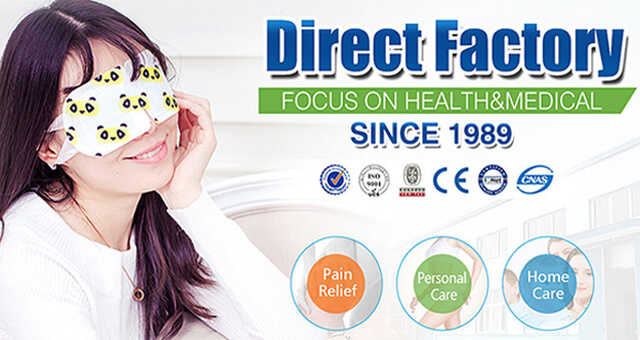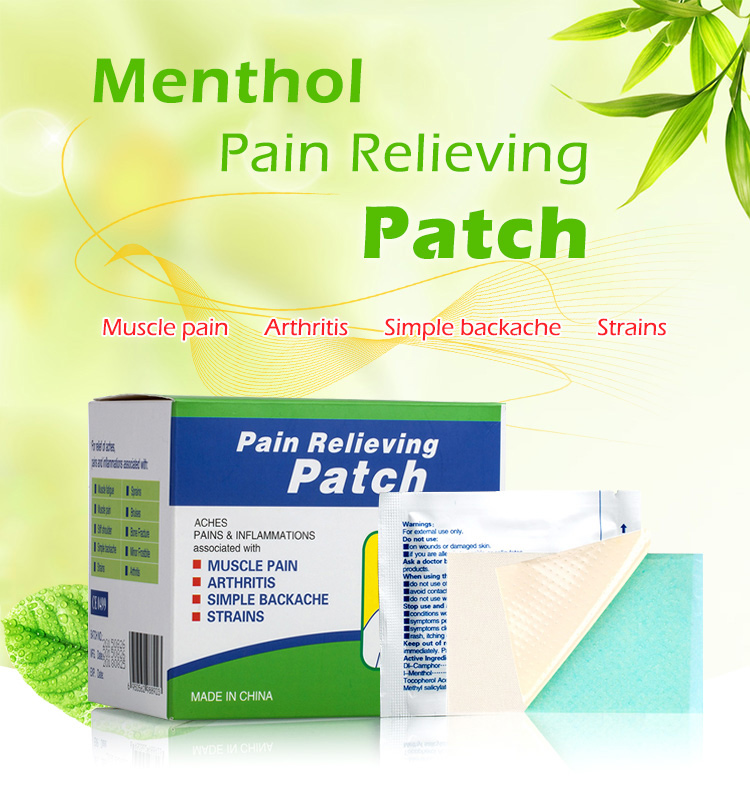Author:Kangdi 23-01-2024
Pain relief patches, also known as analgesic patches, are a convenient and effective way to manage pain. These patches are designed to deliver pain-relieving medication through the skin, providing quick and sustained relief. In this article, we’ll explore the different types of pain relief patches available, how they work, and offer tips on their use for optimal pain management.
1. How Do Pain Relief Patches Work?
Pain relief patches are similar to adhesive bandages, but they contain a medicated ingredient that is absorbed through the skin, reaching the underlying affected area. The patch's medication can either be in a slow-release format or designed to deliver a continuous dose over a specific period of time. The medication works by interfering with pain signals sent to the brain, providing relief from pain.
2. Types of Pain Relief Patches:
Topical Analgesic Patches: These patches contain a numbing agent such as lidocaine or benzocaine that provides short-term pain relief for minor injuries or minor pain. They are often used for minor cuts, scrapes, or minor aches and pains.
Transdermal Pain Relief Patches: These patches are designed to deliver medication through the skin and into the bloodstream. They are commonly used for managing chronic pain conditions such as arthritis, back pain, and fibromyalgia. Common medications found in transdermal patches include NSAIDs (nonsteroidal anti-inflammatory drugs) and opioids.
3. Benefits of Using Pain Relief Patches:
Convenience: Pain relief patches are easy to apply and can be worn discreetly, making them ideal for managing pain on-the-go.
Sustained Relief: Transdermal patches are designed to deliver medication over a specific period of time, providing sustained pain relief without the need for frequent dosing.
Non-Invasive: Pain patches avoid the need for swallowing medication or using injections, making them suitable for individuals who have difficulty swallowing or are needle-averse.
Customizable Dose: Many transdermal patches are designed to be cut into smaller sizes or applied multiple times, allowing for individualized dosing based on pain severity and frequency.
4. Tips for Effective Use of Pain Relief Patches:
Read the Label: Always read the instructions and warnings on the patch package before use to ensure it is suitable for your condition and lifestyle.
Clean Application Area: Apply the patch to a clean, dry area of skin free of any cuts, abrasions, or rashes to prevent irritation or allergic reactions.
Allow Time for Adhesion: Wait for the patch to adhere fully to the skin before engaging in activities that may cause it to dislodge, such as swimming or showering.
Monitor Reactions: Watch for any signs of allergic reaction or irritation where the patch is applied. If any discomfort or redness occurs, discontinue use and consult a healthcare provider.
Avoid Heat Sources: Transdermal patches should be avoided in areas exposed to direct heat such as near heaters, sunbathing, or saunas as this may increase the rate of medication absorption.
Store Properly: Store patches in a cool, dry place away from direct sunlight to maintain their effectiveness and shelf life.
Rotate Application Sites: To prevent skin irritation and buildup of medication residue, rotate the application site of transdermal patches among different areas of the body.
 0086 19937104978
0086 19937104978





